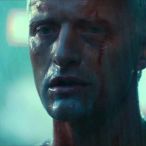David Foster Wallace Found Dead
-
hello 2025!
supertalk is free to browse as a guest. You need to be a member to participate in discussions or buy and sell on the classifieds.
Classifieds listings are now free for members.
supertalk is now upgraded to //// supertalk 8 ////
______________________________________
Current new membership is $US 12 ONE TIME FEE. NO RENEWAL FEE.
______________________________________
You can also become a premium superseller or supermember. Businesses who want to promote their brand and products need to become a supersponsor. superfuture® is privately owned and has been online continuously for 26 years. supertalk has been online for 21 years and is a digital cockroach that will survive all current and future apocalypses.
-
Top 10 Active Viewed Topics
-
- 24343 replies
- 6423870 views
-
- 26780 replies
- 6234351 views
-
- 24748 replies
- 4535599 views
-
- 22998 replies
- 3580239 views
-
- 13944 replies
- 3465400 views
-
- 10650 replies
- 3181045 views
-
- 21234 replies
- 2885042 views
-
- 13295 replies
- 2795238 views
-
- 11590 replies
- 2517007 views
-
- 8534 replies
- 2476883 views
-













Recommended Posts
Join the conversation
You can post now and register later. If you have an account, sign in now to post with your account.